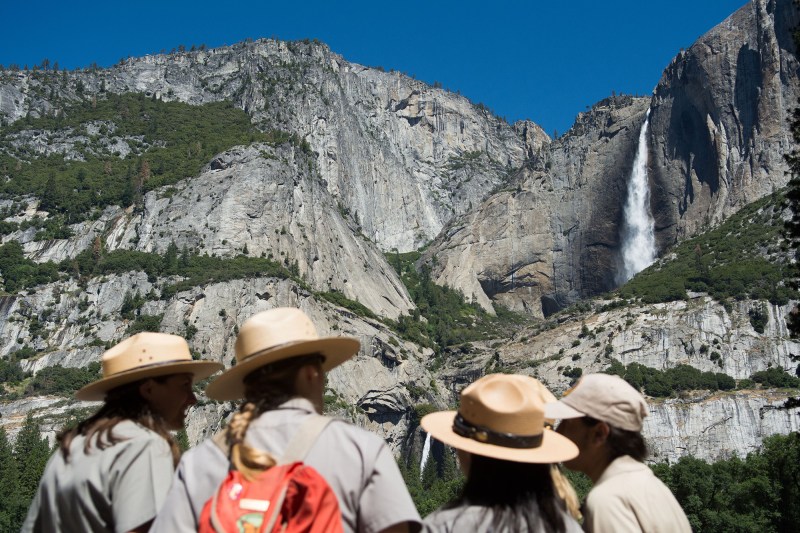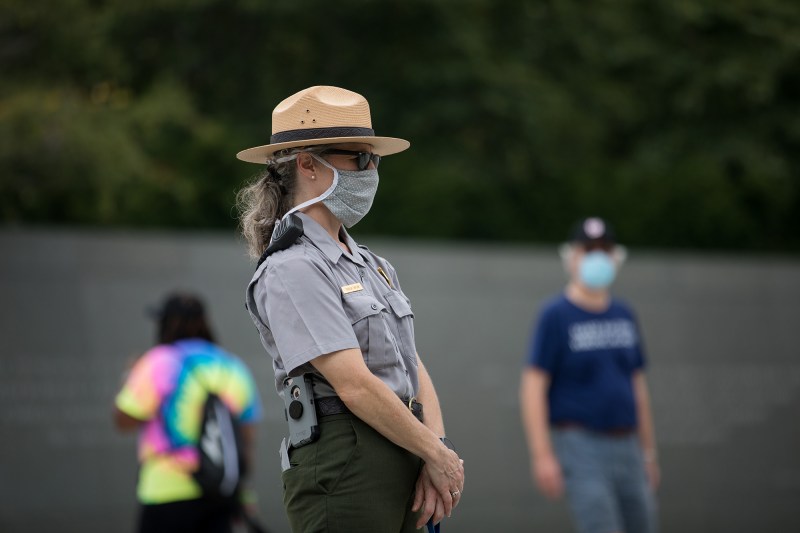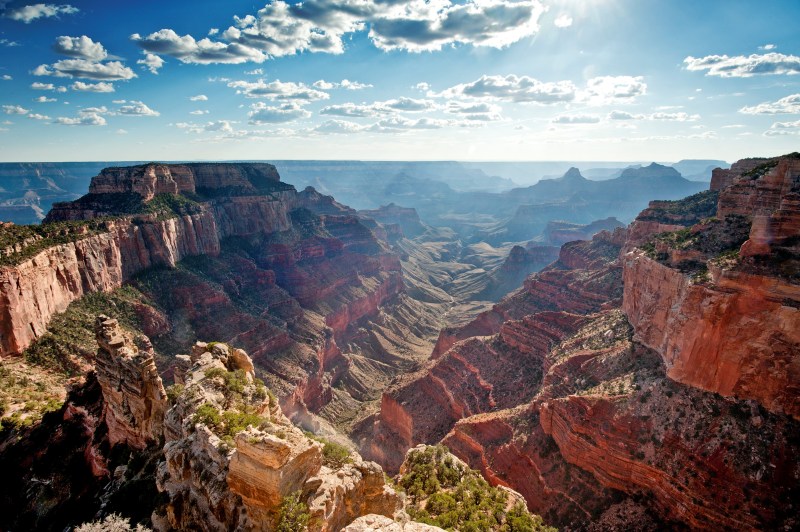
During the height of the Covid-19 pandemic, one of the only and safest ways to be around other people and have something to do was to venture to the great outdoors. Families and friends packed up their bags and headed off for their dream national park trip all while staying safe from spreading the virus. However, it would appear that the crowds that didn’t set off last summer planned trips for the summer of 2021, which added up quickly. The U.S. national parks have become so crowded in fact that park rangers have had to take measures to ensure public safety while protecting the parks at the same time.
Related Guides
Visitors Should ‘Leave No Trace’
Those who regularly spend time outdoors are most likely already familiar with Leave No Trace. It’s the general set of rules and common courtesies the public should follow to allow everyone to enjoy protected lands and keep them pristine. But if there’s one thing Instagram account Subpar Parks made painfully clear, it is that park newbies either have no clue what to expect or are simply not versed in outdoor culture. Yet there have been upticks of 15% to 30% in some national parks between 2019 and 2021, according to the Wall Street Journal. That’s a huge influx of people seeking out some of the country’s most treasured lands.
With so many people now showing up at the park gates to venture in and explore, it is now more important than ever before to follow directions and good practices to prevent — or simply slow — the degradation of the landscapes. Unbridled activity and off-trail exploration can lead to fewer of the wildlife sightings that so many people visit parks to experience.
To follow Leave No Trace guidelines, remember to use common sense and courtesy. Don’t leave anything you pack behind and don’t take anything you find with you. That includes rocks, plants, flowers, bones, and more. Respect wildlife you see as well as other guests. Keep campfires in control where they are allowed and stick to trails and campsites that offer firm footing.

Tips From Park Rangers
While Leave No Trace practices are a great place to start, more is needed to keep the national parks intact due to the overwhelming volume of visitors as of late. Incredibly long lines of vehicles backed up at the park gates have been a regular occurrence over recent months. That’s why park rangers are now requesting people make reservations prior to their visit. This helps control how many people enter the park and popular destinations within parks at the same time each day and eases the strain.
Park rangers are also asking guests to be more mindful of others and more patient. Be it with guests or park rangers working the gates and gift shops, patience is vital to keeping a cool head and enjoying time in most of the national parks while the number of visitors is so high. From four-hour waits to hike a trail to congested viewpoints, waiting is commonplace at the moment.
While planning thoroughly and well in advance are great starts to avoiding any displeasing surprises, hiccups could still occur along the way. This is definitely not a time to spontaneously take a road trip to a park without calling ahead to check for a hotel or campsite. Be ready to wait for parking spaces, too. Arches National Park had to close its gate 120 times due to full parking lots.
New Innovations Might Be Ahead

Because the most popular viewpoints at many of the national parks have become so overcrowded with people trying to take the perfect photo, there might be new innovations ahead. Some
If this unprecedented rate of visitors continues, more innovations might have to be made to accommodate everyone while protecting the parks. Clearly, after a year of isolation and quarantine, people are ready to get outside and see some of the most beautiful areas the U.S. has to offer. There are no signs of the national parks’ popularity waning anytime soon either. Consider your options, and if waiting until things do slow down is a choice, it might be well worth it if you have a dream trip in mind. Instead, focus on parks that are closer to home or even parks that are simply smaller. State parks, national forests, and even local parks all offer a wonderful opportunity to get outside and be in nature without the crowds.


